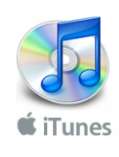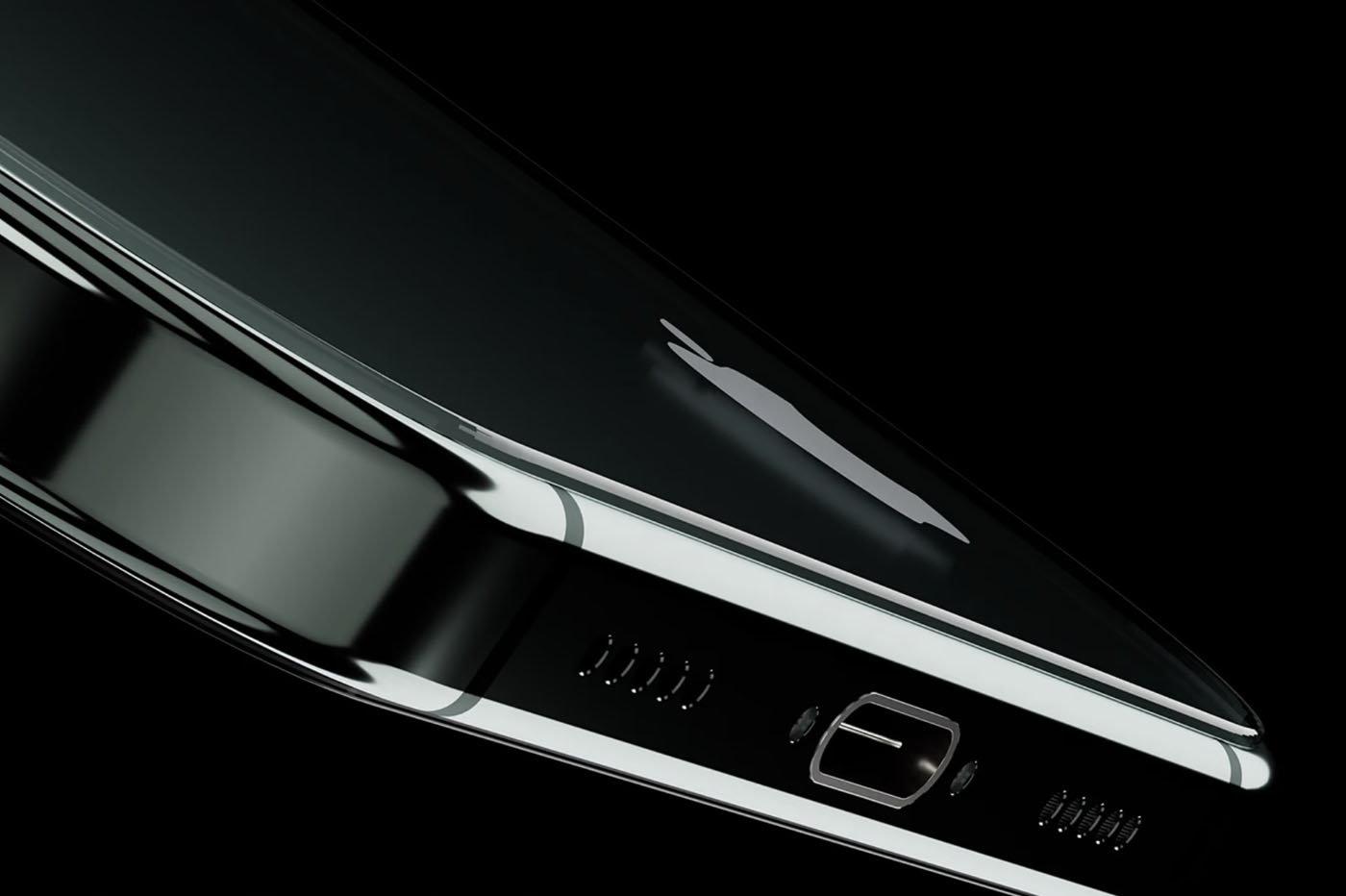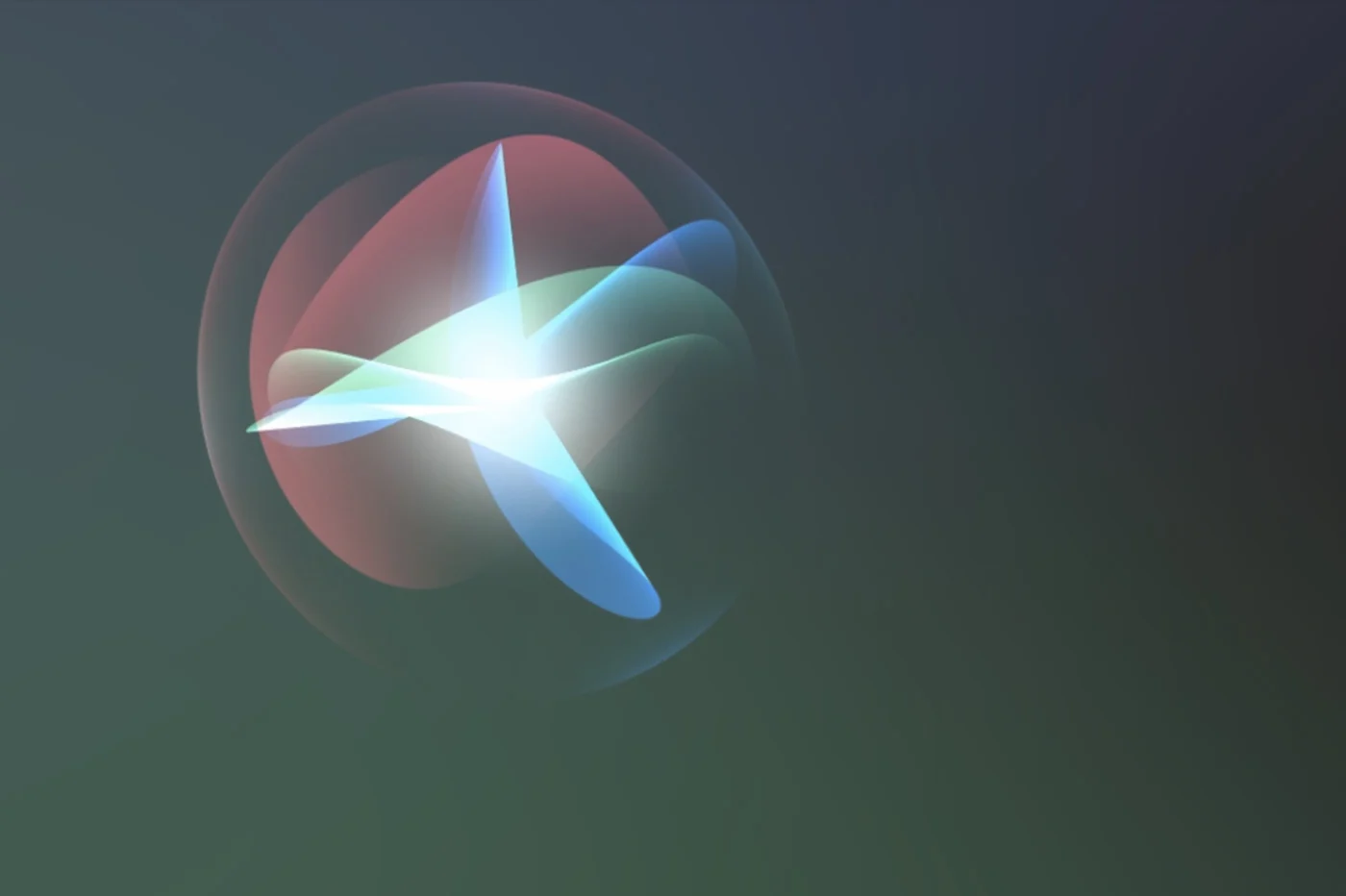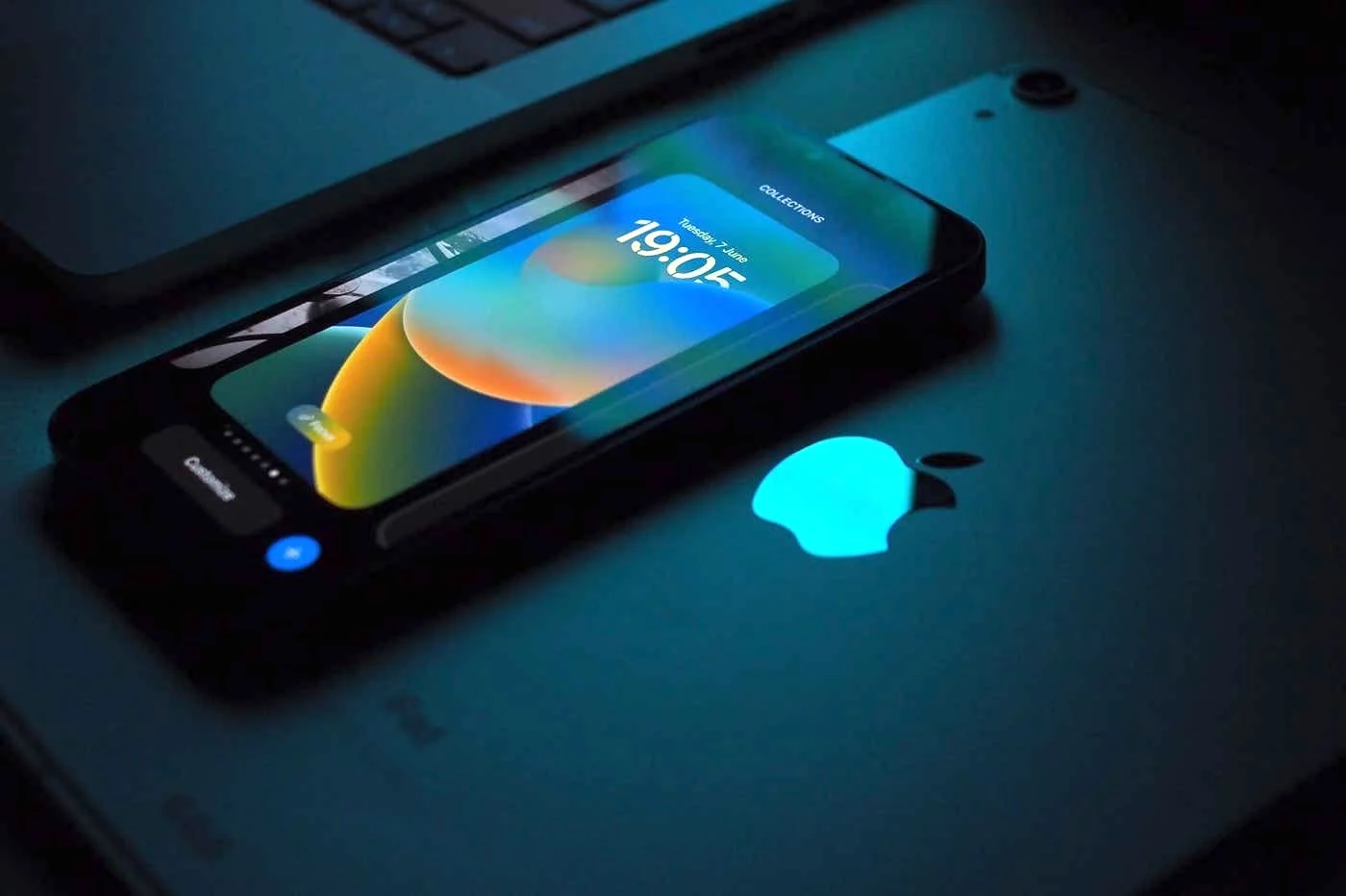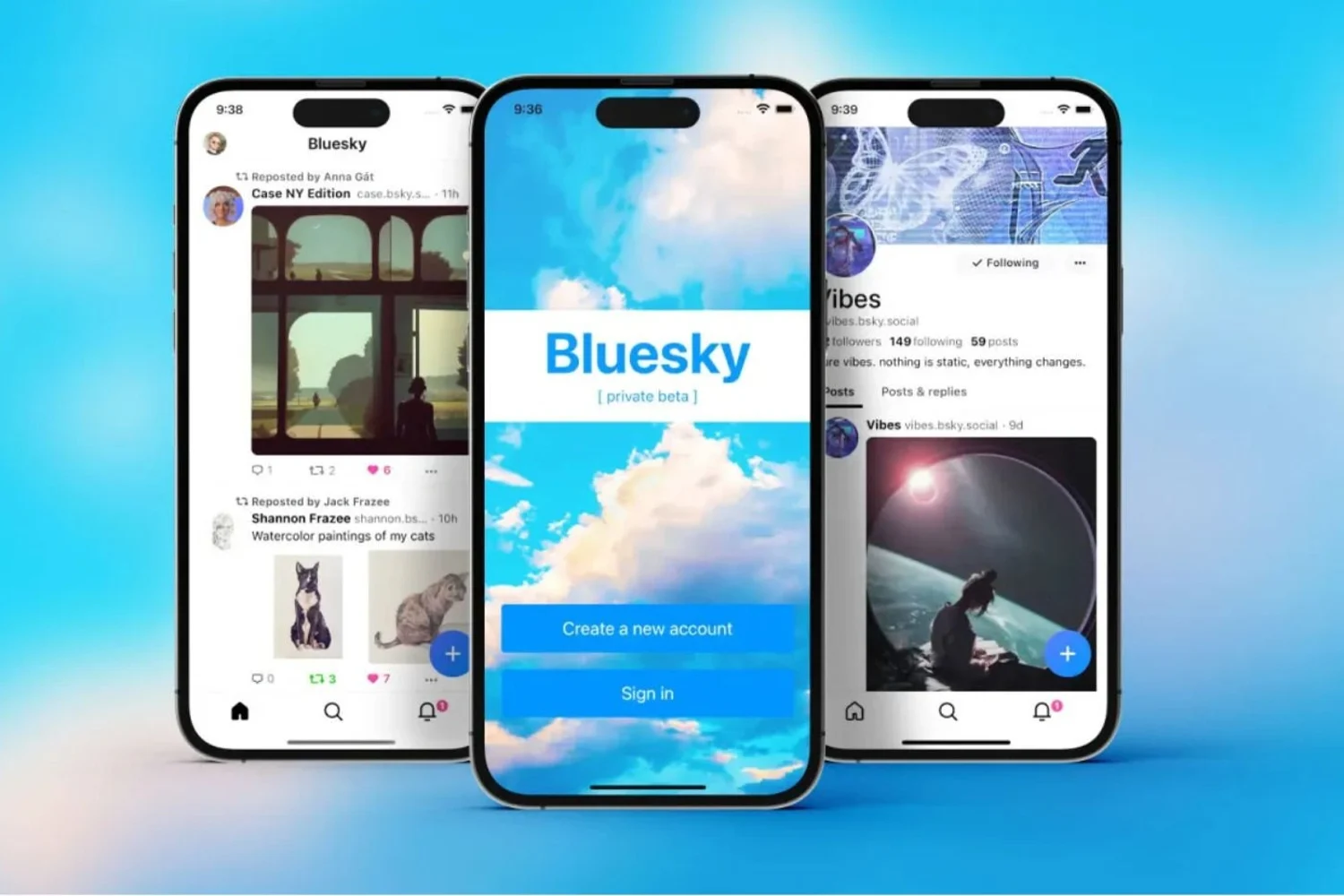 On an evoked
On an evoked
here during the weekApple's investment in afactory
of productionof a glass even harder and more resistant than that
currently used for its screens: glass obtained from crystal
sapphire.
This material isalready usedby Apple but it is confined
for now to the rear lens of the digital camera andto the TouchId fingerprint sensorrecent
iPhone 5s. According to the
latest elements obtained from GT Advanced Technologies, which will produce this material
particularly in the new Apple factory, it is ainvestment
of magnitudein terms of production that is being carried out
Apple :
The manufacturer GT Advanced indicates in these official figures, provide a
turnover of$28.9 millionfor the
production of this Sapphire glass in 2013 and indicates an increased turnover
at no less than$480 to $640 million next year.
But that's not all, at the end of a specific agreement, Apple will carry out a
pre-payment of $578 million. GT Advanced indicates in
connection with this contract that the development of its next generation of factory
should make it possible to produce “Sapphire” glasscheap and
quantity.
In addition to the increase in load and the strategic importance that seems to be given
Apple to this material, it should be noted that it is stillvery little
industrialized because it is complex to produce and too expensiveto be
used in quantity in industry (a window costs 3 to 4 times more expensive than
the current Gorilla Glass 3 of our iPhones). So,we talked about in June
last, tests to produce iPhone windows with this type of
material at Apple. But Apple has already moved beyond experimentation, since
this hardened glass isalready present in the iPhonebut for
small surfaces which require extreme resistance (the lens to not
not alter the photos and the fingerprint sensor so as not to become inoperative
due to a scratch).

The Apple firm has a habit of exploring new materials before
to move on to more industrial phases. This is how Apple was the
first smartphone manufacturer to use “Gorilla Glass” now
available in most high-end smartphones. This investment is
therefore interesting for two reasons. Through his
importance: by building your own factory, you can
imagine that Apple has the ambition to produce more, better and cheaper. In terms
strategic: by sponsoring the creation of this factory, by
working on the manufacturing process and its investments
subcontractor, Apple guarantees exclusivityon production in
mass of this new materialby GT Advanced Tech (this is indicated in
the CP speaking of the agreement), this could therefore also be a way of avoiding
than others use it in quantity.
To read:The press release from
presse de GT Advanced Tech.
But what use for these windows produced from
2014 ?
Several hypotheses come to mind. We can already imagine that the
Touch Id will be deployed on other devices in 2014and that
its production will increase in volume. Does this justify the creation of a
factory locally and investments that are said to take 5 years? Maybe
…
But other possibilities are of course mentioned. In fact this glass of
"sapphire" is alreadyused in the watch industry for certain
watches. Obviously, the scratch resistance of a
device worn on the wrist and subject to more hazards than a smartphone
justifies maximum resistance. So we can't help but think
auApple project that we have talked about many times
and which we hope to see come to fruition in 2014:the
connected watchiWatch.
Of course, beyond these hypotheses, it is impossible to say today with
the elements communicated, what will be the use of this new factory and
the result of Apple's investment, but what we know is that it is
ambitious and probably strategic: we'll talk about it again
next year, for sure!
Also read:

i-nfo.fr - Official iPhon.fr app
By : Keleops AG
founder of the site. Computer engineer and Internet specialist where he has held various positions of responsibility, Laurent has been passionate about mobility since the arrival of "PDAs" in the 90s. Journalist for 4 years for the magazine Team Palmtops (Posse Presse) and author of several books on the iPad published by Pearson.


